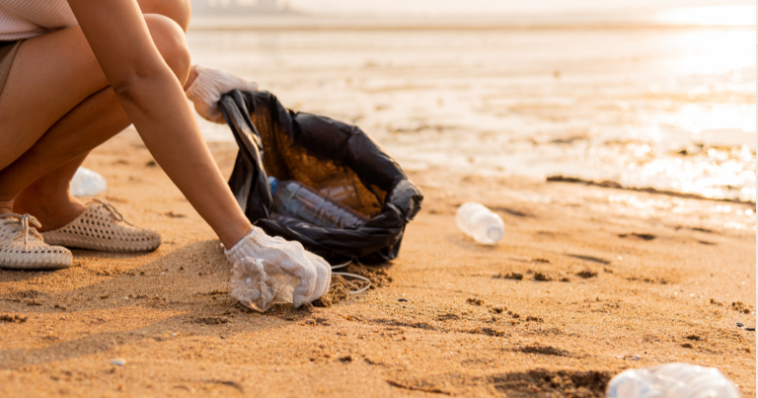What was the prehistoric environment like and what changes did it undergo?
Positive Stories / Animals
267
0
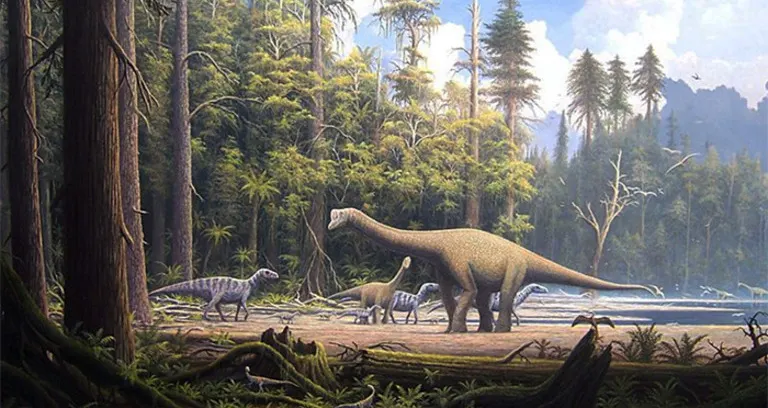
Over the centuries, our natural environment has changed just as much as people, science, technology, clothing, and history. Natural events played their part, but humans have also had a big impact. The climate, wildlife, landscapes, and more have all transformed.
For example, during the age of dinosaurs, the climate was much warmer and the air was full of carbon dioxide. Over the Cenozoic era, the climate slowly cooled. Some species went extinct, while new ones appeared. Wetlands in Asia were turned into rice fields, and forests were cleared worldwide.
Still, some key features of the environment have stayed much the same since prehistoric times. The clear difference between wet and dry seasons — which affects how plants and animals adapt — began back then and continues today.
Prehistoric animals
When we think of prehistoric and extinct animals, dinosaurs immediately come to mind — and with good reason. Dinosaurs lived around 65 million years ago and mostly roamed the land. At the same time, plesiosaurs swam in the seas. While they shared some similarities with dinosaurs, scientists place them in different groups.
More than 700 species of dinosaurs have been identified. Some were enormous, while others were quite small — for example, the Compsognathus was about the size of a chicken. Dinosaurs are also grouped based on their diet, as there were both plant-eaters and meat-eaters among them.
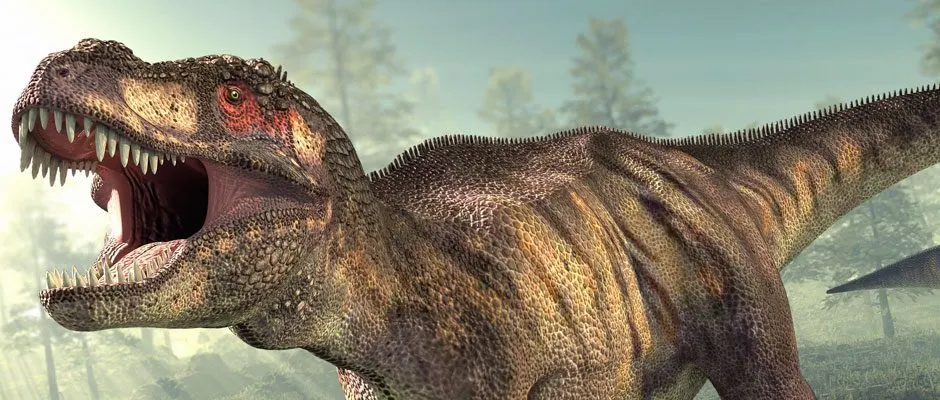
Dinosaurs weren’t the only creatures to roam the Earth long ago. Other fascinating extinct animals include the woolly mammoth, the smilodon, the giant ground sloth, the glyptodont, and the megalodon.
No one knows for sure what caused their extinction, but there are several theories. One popular idea is that a meteor struck the Earth, triggering sudden climate changes that these species couldn’t survive. In the case of animals like the mammoth, scientists also believe that human hunting played a role in their disappearance.
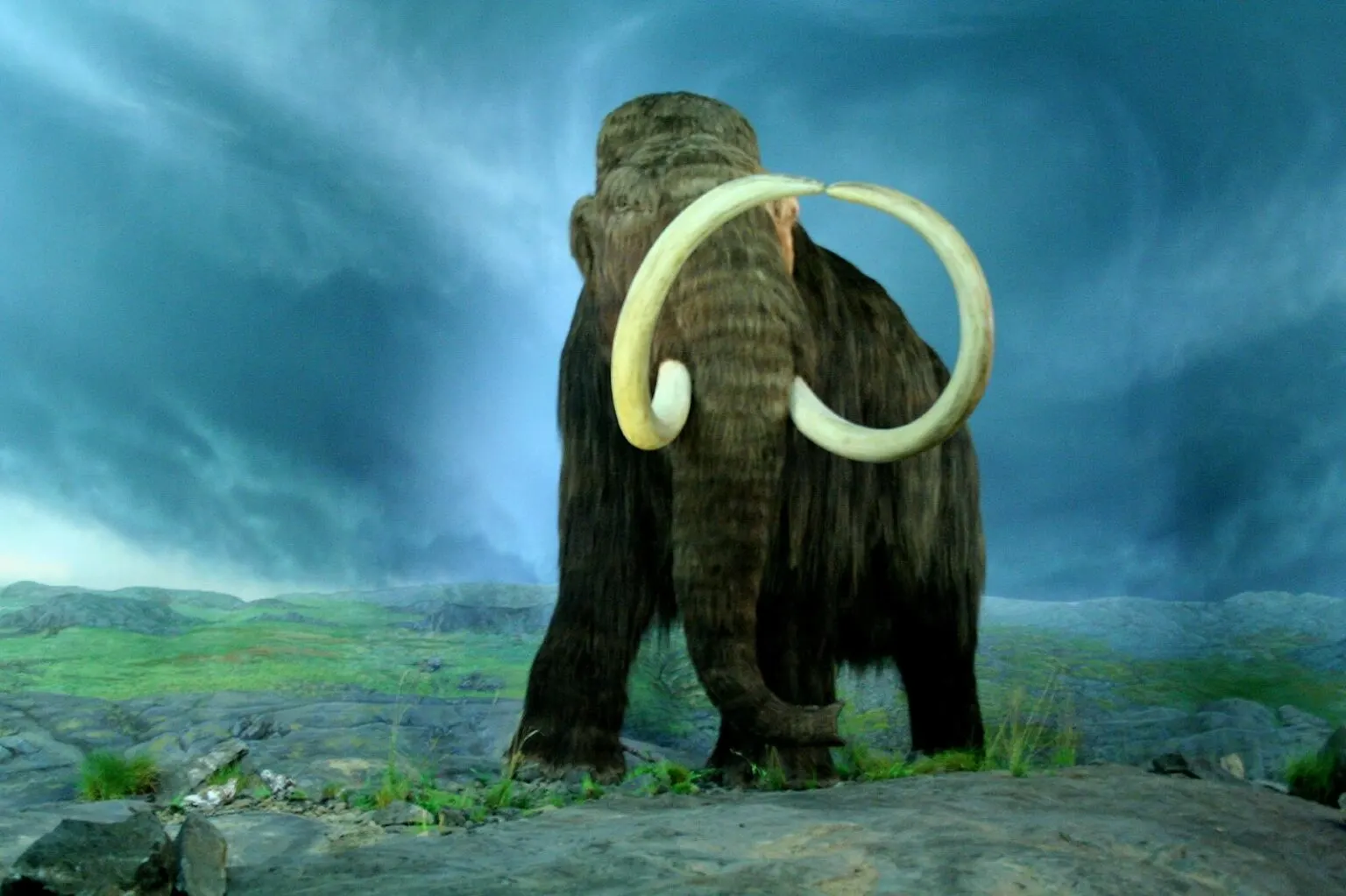
Prehistoric animals
There have been at least five major ice ages in Earth’s history. A key cause of these ice ages is the shifting of continents, which changes ocean currents and atmospheric patterns. Right now, we’re in a warm period between ice ages, called an interglacial, which started about 11,000 years ago. The last major ice age, often just called the "Ice Age," reached its peak around 20,000 years ago.
Climate records show big differences before and after the Industrial Revolution. Since the 1950s, the Earth has been warming. While both natural forces and human actions affect the climate, the long-term warming trend over the past hundred years can only be explained by human activities.
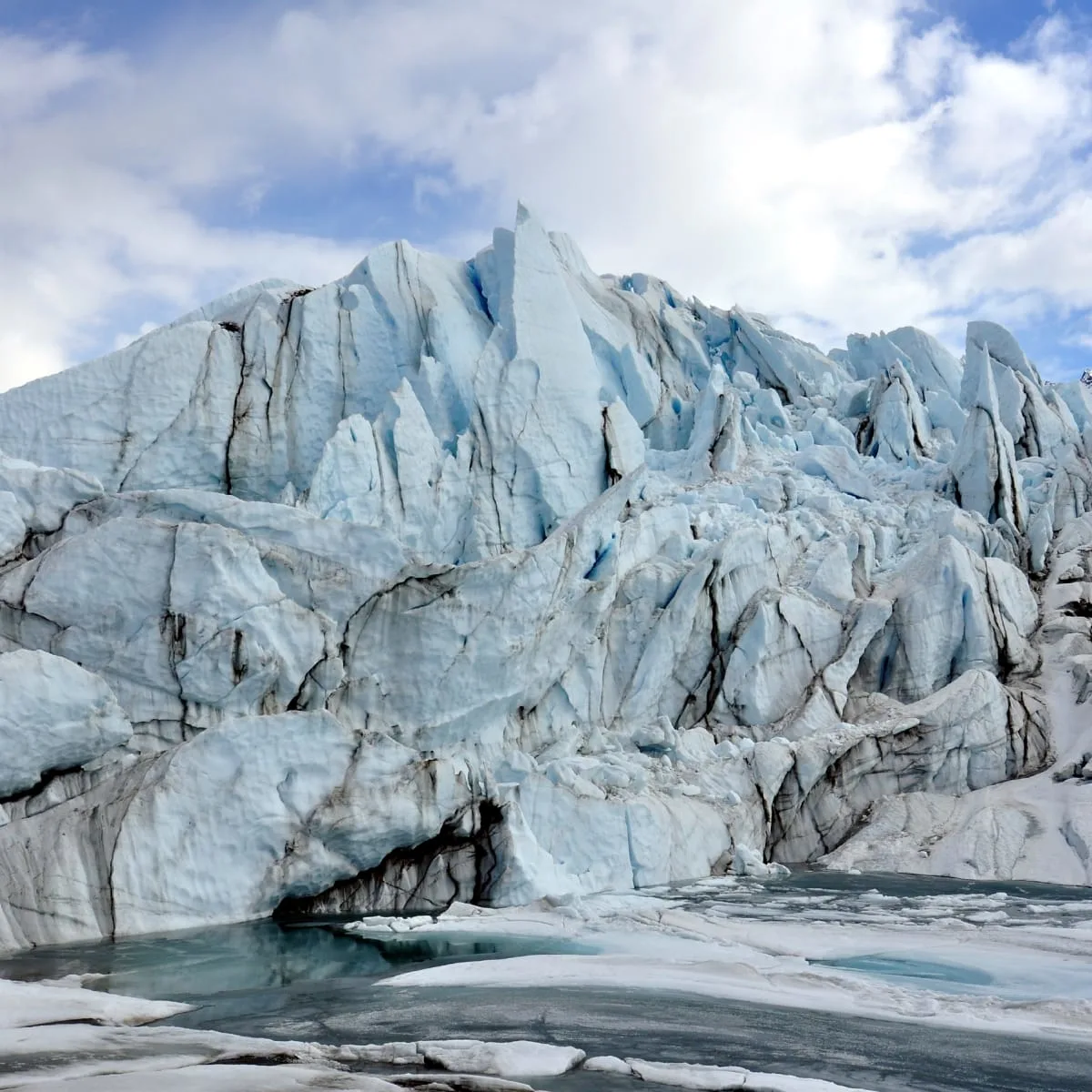
Industrial Revolution
The term was first popularized by English economic historian Arnold Toynbee. The process began in 18th-century Britain and then spread to other countries worldwide. It describes the shift from an agricultural and craft-based economy to one dominated by industry and machinery. The Industrial Revolution brought major technological, social, economic, and cultural changes. Thanks to new technologies, natural resources were used on a large scale, and goods could be mass-produced.
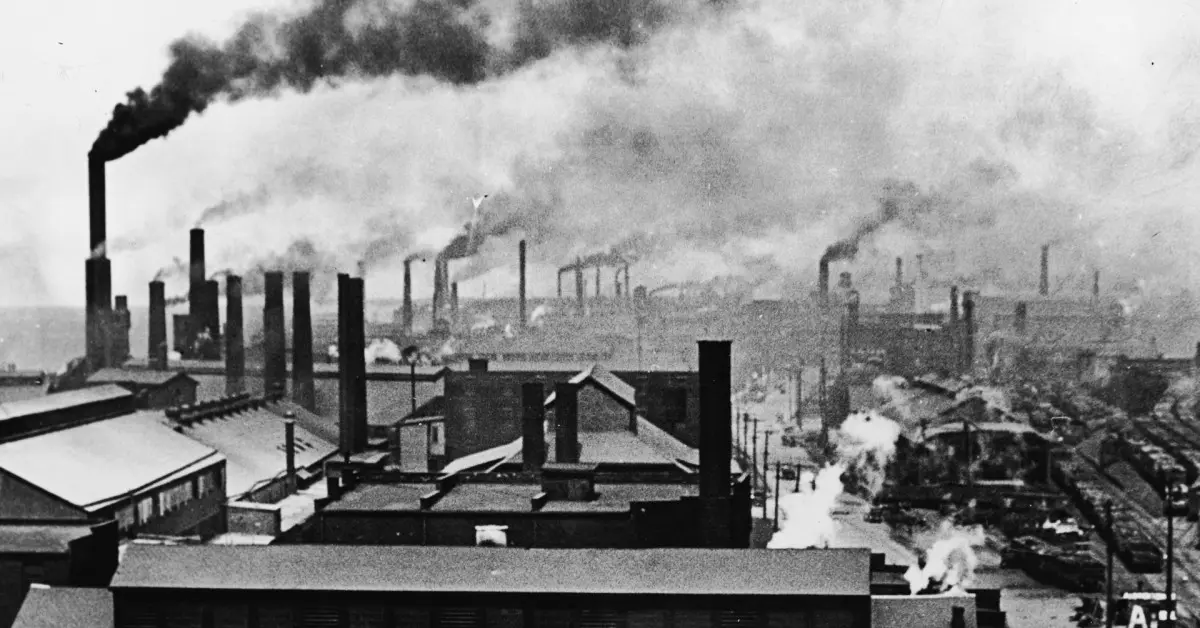
Human impact on the environment
There’s no doubt that human activity brings both negative and positive effects on the environment. The way we live, produce, work, and travel shapes everything around us. Biodiversity is being lost, soil is degrading, forests are disappearing, and pollution keeps growing. Humans have always influenced nature, but the rise of industry and technology has made our impact much bigger and broader — touching everything from animals to plants.
To protect our planet, we need to understand these effects and do our best to reduce them. It’s not always simple, but it’s crucial if we want to leave a healthy world for future generations. Even today, many animals are on the brink of extinction, and if we don’t protect them, they could vanish like the dinosaurs — without needing a meteor to wipe them out.


